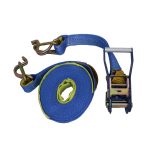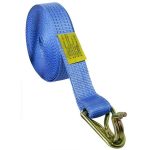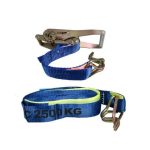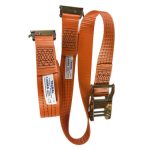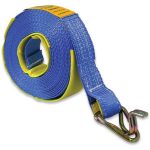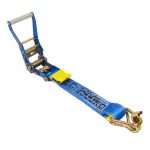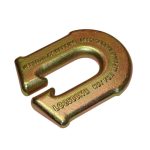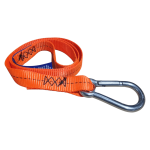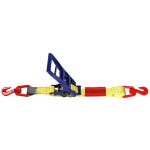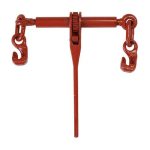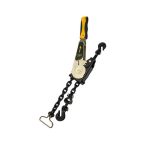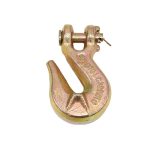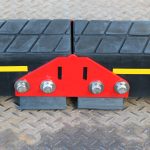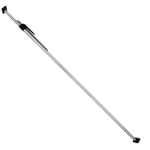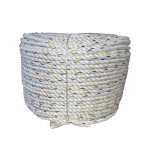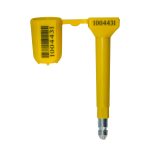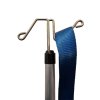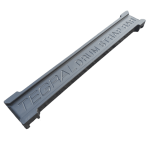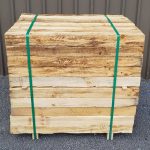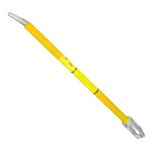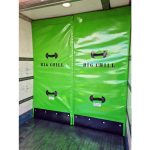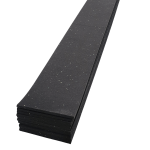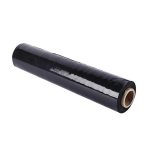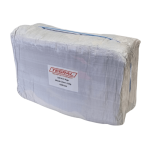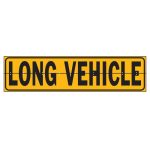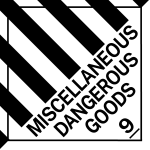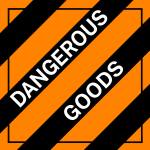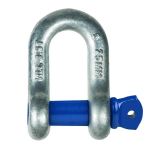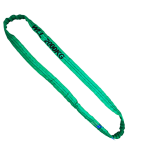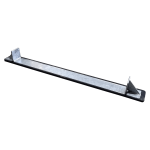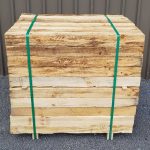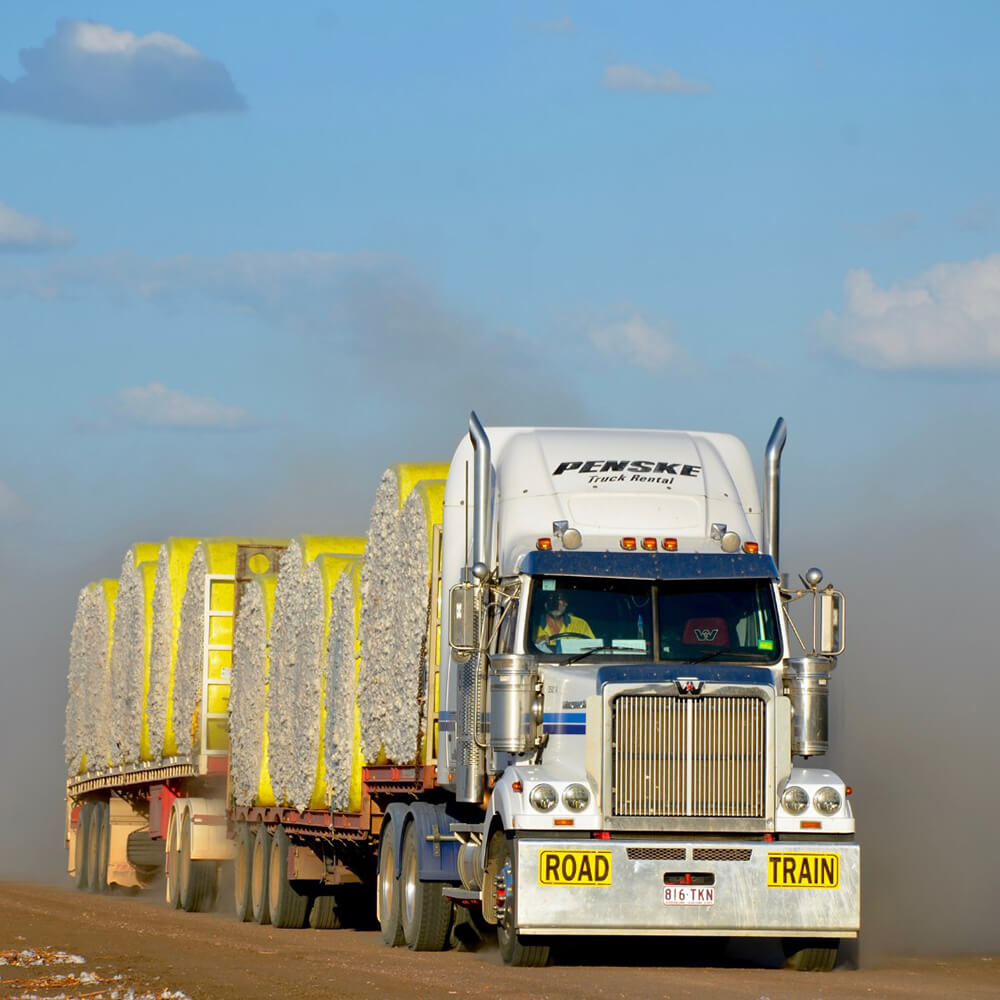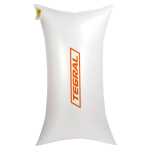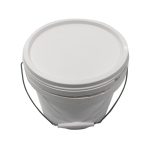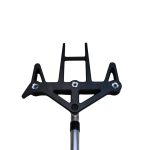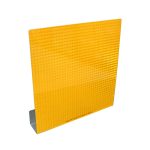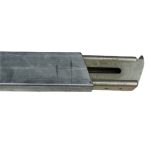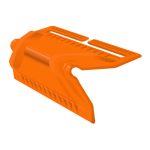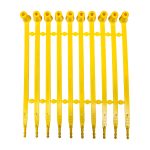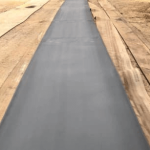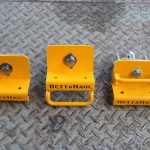Up to 1,500 producers in more than 150 rural communities in Australia cultivate cotton. These producers use fewer natural resources than ever before to produce some of the highest-grade cottons available. They are among the world’s most productive cotton growers and uphold the strictest environmental and social standards. Around 80% of the cotton crop is owned by Australian families, who also hold more than 90% of the country’s cotton fields.
The Australian cotton industry cooperates for advancement & it makes significant investments in R&D and innovation within and outside of the farm gate. It is a sector of the economy that pioneers ethical and sustainable cotton production, and its workers support local and international cotton communities.
Australia is poised to produce 6 million bales of cotton in MY 2022–2023 after a strong harvest estimated at 5.5 million bales in MY 2021/22. In MY 2022/23, exports are expected to rise to 5.8 million bales, nearly breaking the previous record.
As the cotton yield booms in Australia, transporting and moving large machinery, cargo, and cotton itself on public roadways is going to increase in proportion to the increased yields and demand for Aussie cotton.
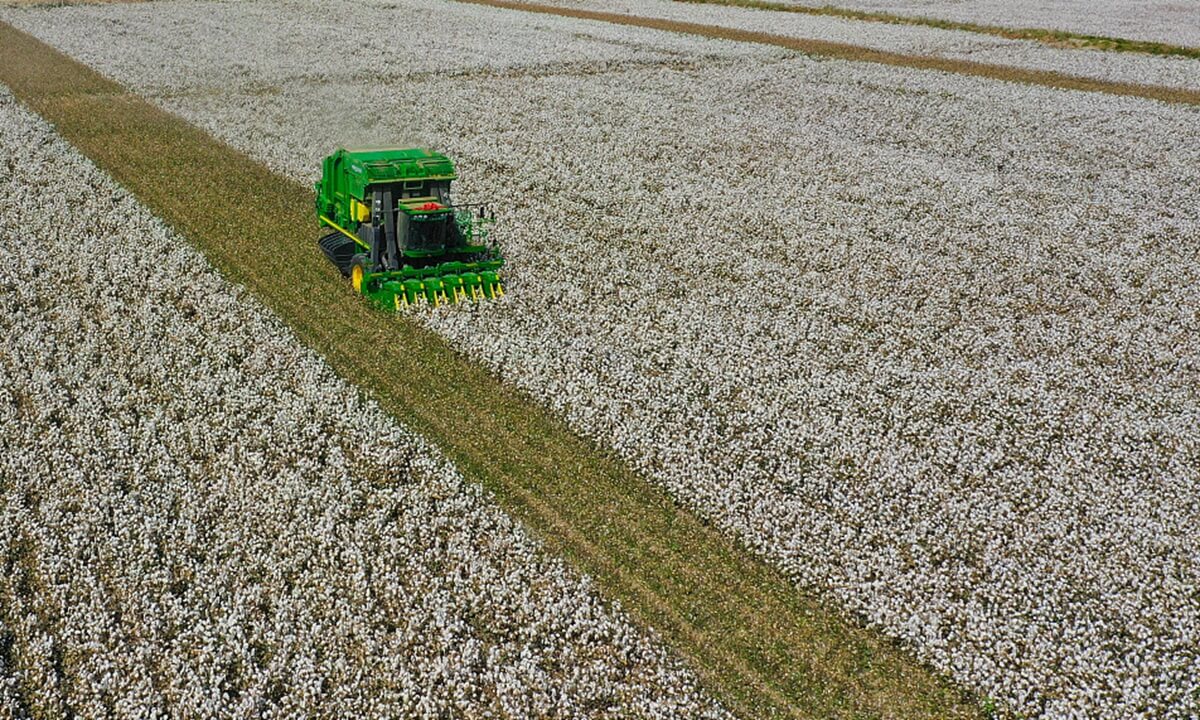
Below are some of the 2022 regulations involving the transport of cotton products according to Cotton Australia for your guidance.
The regulations around “walking” cotton pickers is largely unchanged from previous years and is managed under the National Class 1 Agricultural Vehicle and Combination Mass and Dimension Exemption Notice. This notice covers the movement of most self-propelled or combination agricultural machines. As round bale cotton pickers are outside the general mass and dimension limits, there are special provisions for pickers, which allow them to be “walked”. However, it is important to note that currently the special provisions only apply to the 7760 and 690 series machines. Growers and contractors receiving new 770 machines will have to apply for a permit through the National Heavy Vehicle Regulator (NHVR) – https://www.nhvr.gov.au/road-access/access-management/applications/agricultural-vehicle-permit.
Floating Pickers
Once a picker is loaded onto a low loader, it is subject to the same rules (with the exception of Easter movements) as any other Over Mass Over Size vehicle. Permits are required through the NHVR – https://www.nhvr.gov.au/road-access/access-management/applications/oversize-overmass-permit .
For operators in NSW, exemption for public holiday movement are located under section 2.3 of the New South Wales Class 1 Load Carrying Vehicle Operator’s Guide.

Load Restraint
Growers and contractors transporting unginned cotton to gins need to ensure their loads are restrained in accordance with the performance standards listed in Heavy Vehicle (Mass, Dimension and Loading) National Regulation. The following is a guide to those standards – https://www.ntc.gov.au/sites/default/files/assets/files/Load-Restraint-Guide-2018.pdf .
Many other industry participants have developed a range of certified load restraint guides that operators are encouraged to use – https://cottonaustralia.com.au/transport. However, if operators rely on these Guides, they need to ensure that comply exactly with every aspect of the Guides.
Chain of Responsibility
Growers and Contractors are reminded that everyone in the cotton supply chain have legal responsibilities under Chain of Responsibility legislation. Further details can be found here – https://www.nhvr.gov.au/safety-accreditation-compliance/chain-of-responsibility.
Cotton Movement Over Easter
Under the National Class 1 Agricultural Vehicle and Combination Mass and Dimension Exemption Notice there are special exemptions allowing the “walking” daylight movement of eligible cotton pickers over the normally restricted Easter holiday period.
Load restraint
According to the Load Restraint Guide 2018, which was created by the National Transport Commission, restraining loads is legally mandatory for all transport companies. In conclusion, the guide contains performance requirements that must be fulfilled.
The NHVR has detailed information on load restraint, which can be found here.
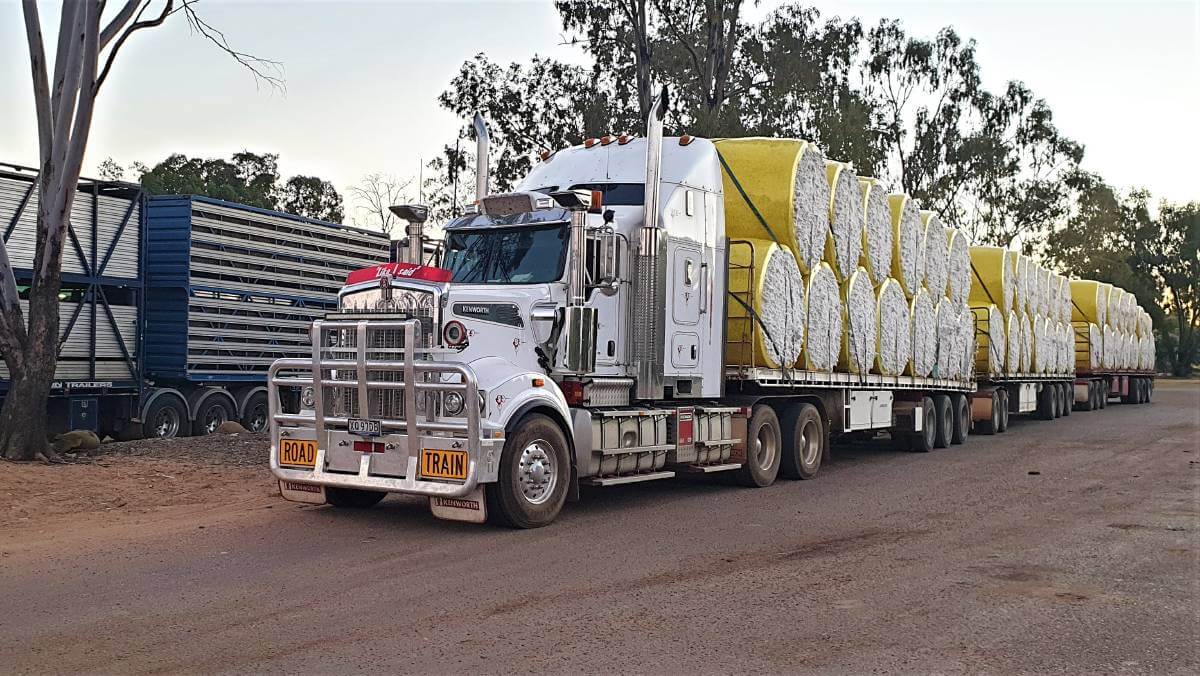
To assist cotton industry operators, many industry participants have engaged load engineers to prepare certified load restraint guides for commonly used load configurations.
If an operator chooses to use one of these guides and relies on it as evidence that a load has been secured in accordance with the law, then the operator must ensure that every requirement set out in the guide is followed exactly.
Load Restraint Guides – Un-ginned cotton
- Load Restraint of Cotton Bales – Collier and Miller Crush Application to 8 Bale Semi and 5 Bale A-Trailer – February 2017
- Load Restraint of Cotton Bales – Collier and Miller Crush – Semitrailer – February 2017
- Six Round Module Restraint Report (Single Strap) – Straker Engineering – April 2015
- Single Strap – Six Modules Option 2 – Straker Engineering – February 2015
- Letter Authorising Alternative Winches/Straps for Single Strap, Six Module Restraint – Straker Engineering – February 2015
Load Restraint Guide – Ginned cotton
According to newly released data from the Bureau of Infrastructure, Transport and Regional Economics (BITRE), road transport dominates the Australian cotton supply chain, moving more over two-thirds of the country’s cotton crop. Road haulers utilise articulated semi-trailers, B-double or A-double road vehicles for the transportation of cotton for this purpose.
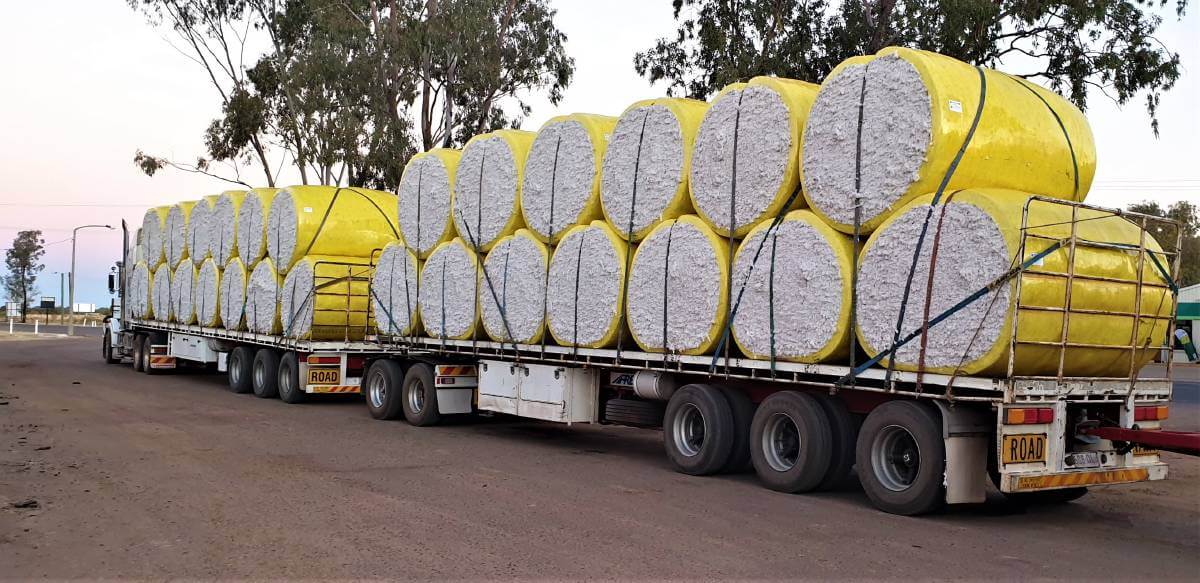
According to BITRE, the total distance travelled by cotton in 2015–16 was estimated to be 389 million tonne kilometres, with roughly 67 percent of that distance being travelled by road.
The cotton sector in Australia is preparing to resume using break bulk shipping for exports since it allows items to be transported individually rather than in a container.




